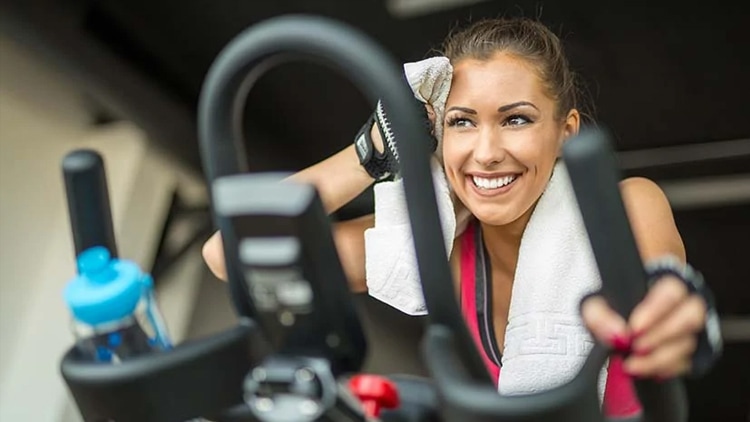Hi, I’m Steve,
When talking about cardio exercises such as indoor cycling via stationary bikes, many people tend to talk about the weight loss benefits with all the body fat reduction. Despite how great riding a stationary exercise bike is when it comes to losing weight, it does much more than just burning calories. This is a conversation about all the things a stationary exercise bike brings to your muscle groups and how it affects them. We’re going to delve into just what stationary exercise bike work can bring to your daily routine and why people list it as one of the best in the category of aerobic exercise. So, what muscles does stationary biking work?
What Muscles Does The Stationary Bike Target?
• Glutes

